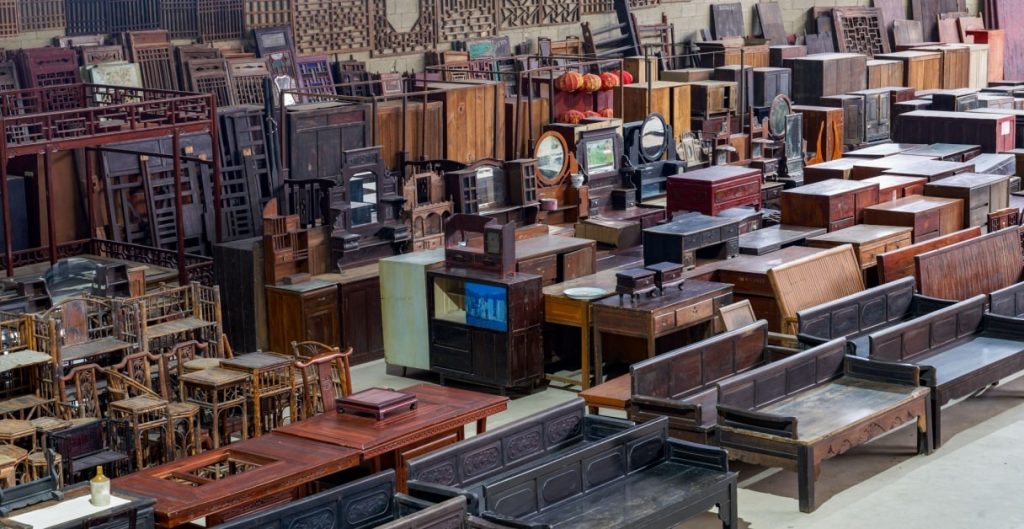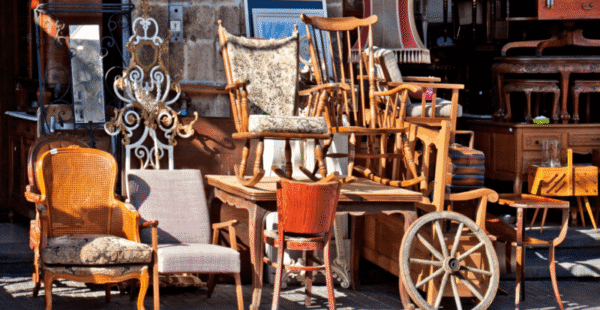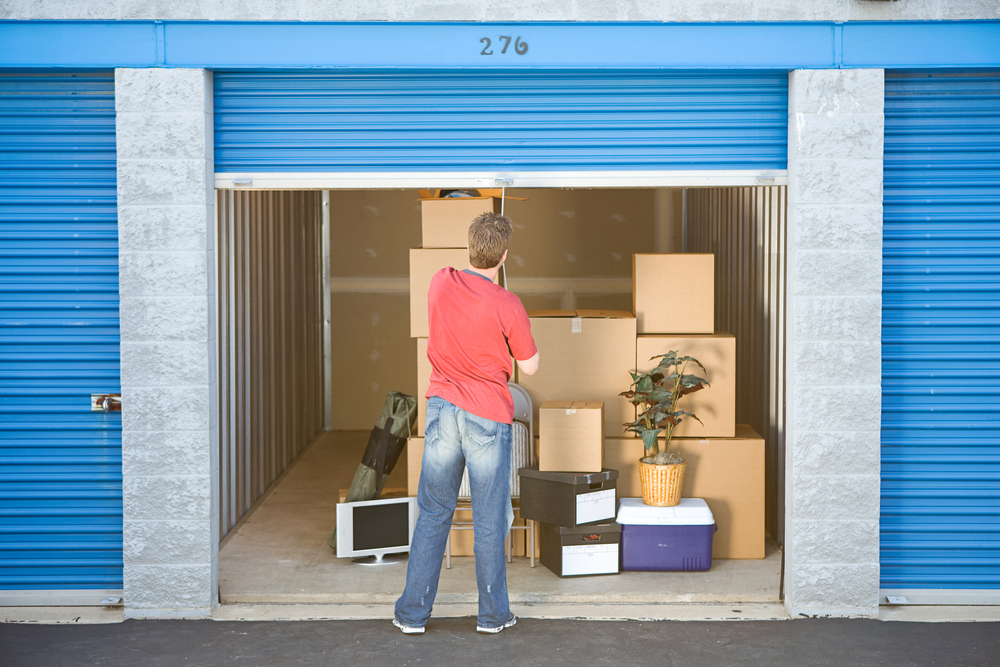Antique furniture is not just about beauty and style; it also carries historical and monetary value. Whether you’re preserving a family heirloom or an antique store find – proper antique furniture storage is key to maintaining its condition and value over time.
In this blog, we’ll explore the essential steps and best practices for safely storing your antique furniture.
Why Proper Storage Matters
When it comes to storing antique furniture, it’s important to understand that older pieces are more sensitive to environmental changes like humidity, temperature, and weather. Improper storage can lead to warping, mould growth, cracks, and general deterioration of your precious items. By taking some simple, precautionary steps, you can ensure that your antique furniture remains in pristine condition for generations to come.
1. Choosing the Right Storage Unit
The first step is selecting the right storage unit. Climate-controlled storage is an absolute must when it comes to antique furniture. These units maintain consistent temperature and humidity levels, protecting your furniture from damage caused by extreme weather conditions. Wooden pieces can expand or contract with temperature changes, leading to cracking or warping.
Additionally, climate-controlled units provide protection against moisture – which is a major cause of mould growth in cushioned or upholstered antique furniture.
2. Preparing the Furniture for Storage
Before placing your antique furniture in storage, a few preparatory steps will help ensure its long-term safety:
Clean the Furniture Thoroughly
For wooden items, use a gentle wood cleaner or a dry microfiber cloth to remove dust and dirt. Avoid using water-based cleaners, as excess moisture can lead to warping. You should also apply a thin layer of wax or furniture polish to the wood several weeks before storage. This helps retain moisture and prevents the wood from drying out and cracking.
For cushioned furniture, such as antique sofas or chairs, use an antibacterial cleaner and allow it to dry completely before storing. Moisture left in fabric or cushions can lead to mould and mildew.
Disassemble if Possible
If your antique furniture can be disassembled (for example, beds or large tables), take it apart before storage. This makes it easier to pack and also reduces the chance of damage. Be sure to wrap all removed parts in protective materials like towels, bubble wrap, or furniture blankets.
Protect Glass and Mirrors
For pieces that contain glass, such as china cabinets or tables with glass tops, use bubble wrap to provide cushioning. It’s also a good idea to tape an “X” across glass surfaces with masking tape to minimize damage in case of breakage.
3. Wrapping and Covering
To protect your antique furniture from dust and damage during storage, wrapping is essential:
- Wooden Furniture: Cover wooden items with breathable fabric, such as cotton sheets or blankets. Avoid using plastic wrap directly on the wood as it can trap moisture and cause mould growth. Breathable fabrics protect the furniture from dust while allowing air circulation, which helps prevent moisture.
- Cushioned Furniture: Use breathable covers or cotton sheets to cover upholstered items. Plastic or non-breathable materials should be avoided, as they can trap humidity and cause mould and mildew to form over time.
- Leather Furniture: If your antique furniture includes leather upholstery, apply a leather conditioner before covering it for storage. This will protect the material from drying out or cracking
Did You Know?
Wooden furniture expands and contracts with changes in humidity, which can lead to cracks. This is why storing your antique furniture in a climate-controlled unit is critical for long-term preservation.
4. Elevating the Furniture
To avoid damage from potential moisture on the floor, keep your antique furniture off the ground. Use wooden pallets, cinder blocks, or plastic shelving to elevate the items. This provides a barrier against potential water damage, especially in cases where there might be leaks or flooding in the storage facility.

5. Avoid Stacking
We understand that your storage needs may change over time. That’s why we offer both short-term and long-term storage options. You can store your RV during the off-season or when you’re away on an extended trip. We have flexible plans tailored to your specific needs.
6. Monitor Your Storage Unit
Once your furniture is stored, it’s a good idea to periodically check the condition of the items. Monitoring for signs of moisture, pests, or other damage will help you catch and resolve problems before they become serious. If you live in an area with fluctuating weather conditions, a storage unit with regular environmental monitoring is particularly beneficial.
Antique furniture storage requires careful preparation and attention to detail, but the rewards are well worth it. By using a climate-controlled unit and taking protective measures such as cleaning, wrapping, and elevating your furniture, you can ensure that your treasured pieces remain in excellent condition. The key is to think ahead and consider both the short- and long-term needs of your antique furniture to preserve its beauty and value.
We Can Help Store Your Antique Furniture!
Ready to protect your antique furniture for the long haul? Contact Acceptable Storage to learn more about our climate-controlled storage options, ideal for antiques and other valuable items. Keep your cherished pieces safe and secure with us!





